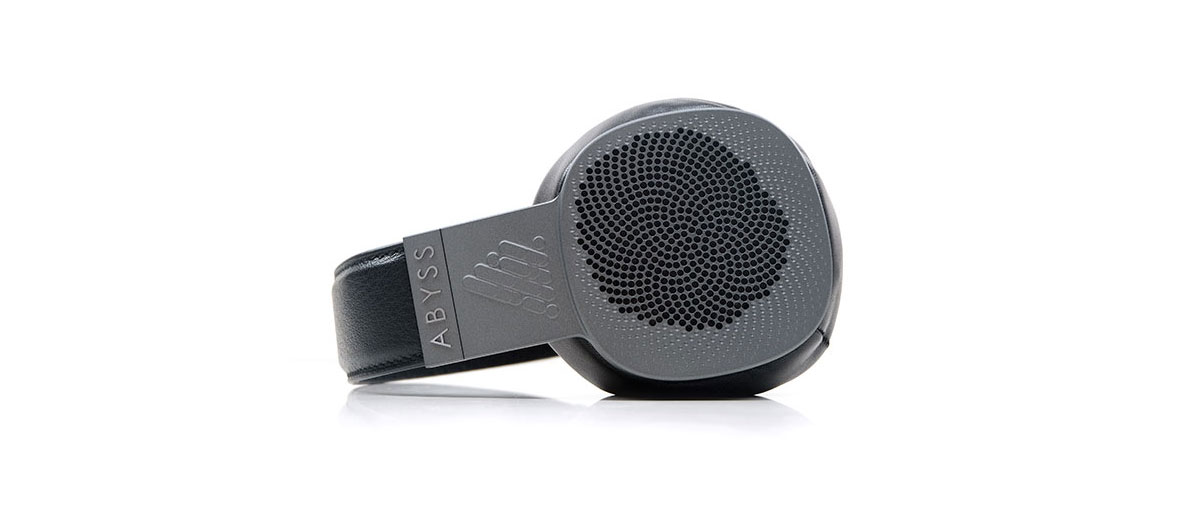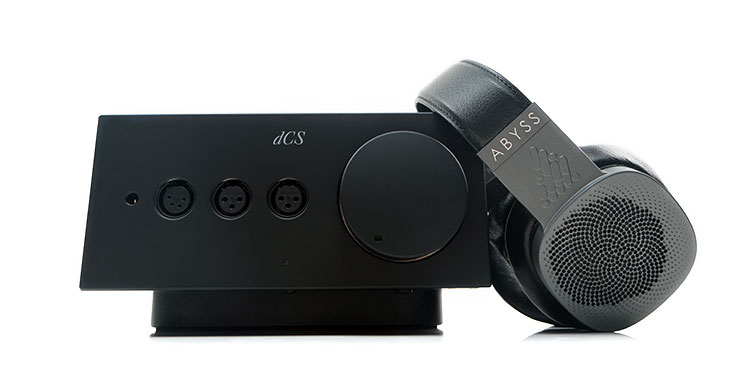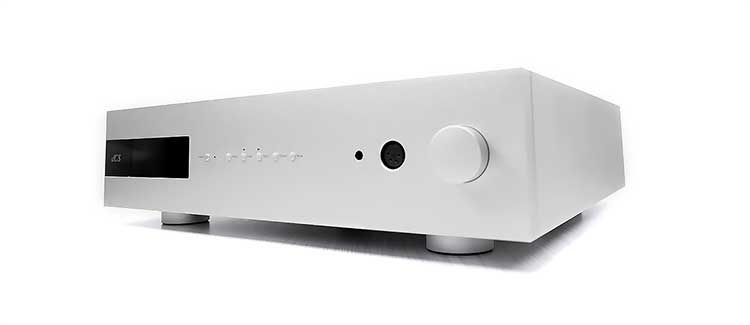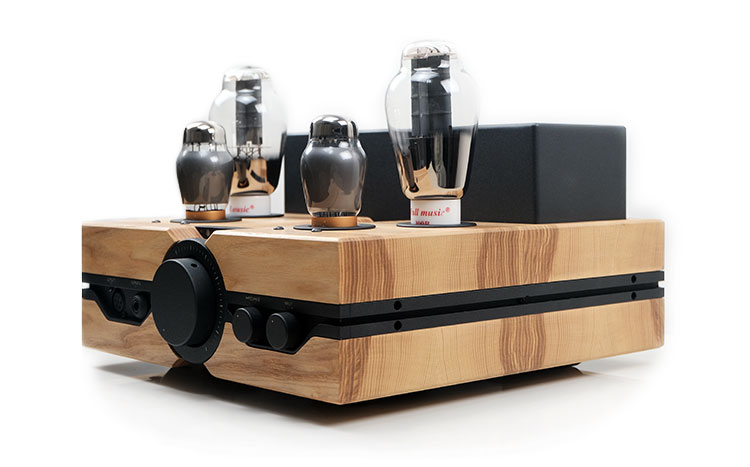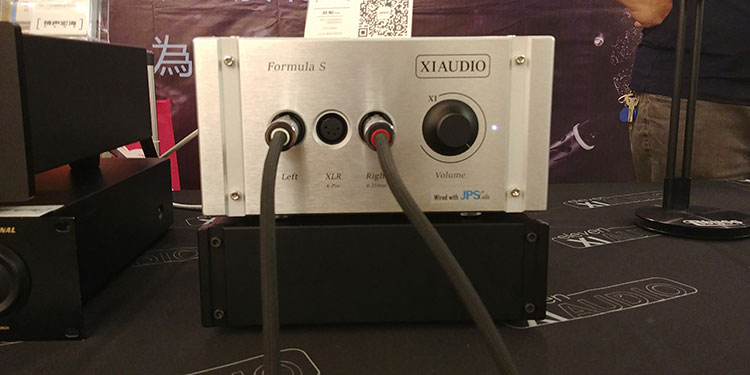Sound Impressions
Summary
The Diana TC takes everything I enjoyed about the original Phi and adds even more perceived resolution and surprisingly, an improved and more expansive staging quality.
This truly is a “big sound from a little headphone’ with one of the speediest transient responses in a planar driver without any noticeable distortion when powered properly. You get clean dynamics, and minimal decay, with every note precise and accurate in its imaging.
If anything, the Diana TC is more neutral-sounding and revealing than the Phi which I did not really think was possible until I compared the two side by side. It is also less intimate, especially through the mids where Abyss seems to have done some tweaking to achieve a more balanced and holographic presentation.
That is not to say the Diana TC is dipped or relaxed through its FR, far from it. It is an exciting, vivid performance with some forwardness but one where instrumental imaging is clearer, pushed out wider when required creating an improved level of complexity beyond the initial vocal ‘wall’.
I had remarked in my comparisons on page 3 but worth saying now. The Diana Phi feels like it is operating in a roomy studio environment whereas the TC brings the music out into a more open acoustical hall.
Not a huge arena-like transformation and not on the Susvara level which projects a much larger soundstage. Rather, you can pick up on that improved headroom from the TC right away when moving from the Phi and more so from the darker Diana V2.
Frequency Response
The deviations from the Diana Phi and Diana V2 in the TC FR are more subtle than startling. You can pick up the differences quite easily despite it holding a familiar ‘house sound’.
The Diana Tc is not quite as warm as the Phi and definitely a lot more reference-like compared to the Diana V2. For one thing, the 20Hz to 200Hz curve is a lot more linear and neutral being almost flat compared to the Diana V2 which has that little uptick around 50Hz.
There also seems to be just the tiniest of dips around 400-500Hz which might explain the slight decrease in comparative warmth and intimacy compared to the Phi for the lower mids. It also helps to create a bit more perceived bass to mids separation which, for me, is a factor in the improved holographic nature of the TC’s staging.
From 500Hz up to 3k there is a gentle rise for head gain and there is a degree of forwardness here which helps tease out some mids vibrancy though not quite as strong and dominant as the Phi tuning.
Both the Phi and the Diana V2 seem more amplified at the 3k region which tends to comparatively push back and behind any instrumental presence around that area.
Treble peaking on the TC seems to be more prevalent around the 7-8k marker with a gentle fade thereafter. There is a degree more sparkle and perceived extension giving the TC a slightly ethereal quality to its highs.
You get better headroom and air compared to the previous editions of the Diana series but as discussed below a slightly lighter and sweeter overtone in the timbre.
Timbre
The Diana V2 is darker and bassier in its coloration and the warmest of the 3 editions we have reviewed. The Phi is comparatively more neutral and dynamic sounding but compared to the TC it’s also a shade warmer in its timbre.
The Diana TC, out of the three, has the most neutral tonal coloring with a shade off the overall weight and body and a subtle but sweet overtone coming down from its very refined treble tuning.
At times it can resonate a bit brighter in the upper mids compared to the Phi and definitely the V2 so it can be less forgiving than the previous models. However, there is a high degree of transparency and a lot of it comes down to the right amp and source matching. Get that right and the TC is probably the most pure-toned edition of the Diana to date.
Low-end weight is still relatively neutral for me so it’s not going to shake the foundations in its stock format. It sounds incredibly refined though with some impressive definition and clarity.
Bass Tweaking
However, there are a few things to note that change the character of the bass performance.
The first is once again your amping setup. The Diana TC will play it like it is, so if your amp is neutral so also will the performance be. More aggressive and weighted amps such as the dCS Bartok and the Feliks Audio Envy will sound just that from the TC.
The second is your pad positioning and a discussed minor mod regarding the amount of air being let in while clamped on your head. If you gently lift the new pads slightly off your head you will notice the bass volume and weight noticeably increase adding a stronger fundamental to the Diana TC performance.
The consensus is to stick a small wedge between the pad and the magnetic plate to slightly lift the pad from its seating to produce a consistent and weightier bass performance.
Staging & Dynamics
The Diana TC is a small headphone so it will fall short of delivering the massive AB-1266 or Susvara-like soundstage. You can consider it a more rounded performance but the benefit of a smaller and faster driver means the ability to maximize that truncated size with some seriously impressive imaging and resolution.
The biggest trick up the TC’s sleeve is taking the Phi soundstage and creating a stronger perception of depth and width. The vocals are still relatively forward on the TC but comparatively relaxed in stage positioning compared to the Phi allowing surrounding instruments to gobble up your attention a bit more.
Combine that with a superior level of instrumental and vocal separation along with improved stereo imaging and you get a much more balanced and roomier soundstage. There is less of a ‘wall’ now with peripheral spatial cues floating in and out in a more natural manner.
In terms of absolute bass weight, the V2 is still the go-to option if you require that. However, it is not as spacious sounding on the low-end nor does it deliver quite the same level of blackness in its background. The Diana TC’s bass notes are much clearer and better defined as a result. Lift those pads though and bass weight and dominance will improve markedly also.
Synergy
Efficiency
The Diana TC is rated at 69Ω and 90db SPL which by most benchmarks is a fairly demanding specification. More so than the 32Ω Diana Phi and the 42Ω Diana V2 predecessors so you will find yourself nudging the volume pot of your amplifier up a little more if you have recently upgraded.
Portable amping is not impossible though. The one constant I did find with slightly weaker amplification setups was a reasonable level of timbral consistency from the Diana TC performance. It is more the technical aspects that come up short such as dynamic range, staging complexity, and vocal focus.
This is a fairly revealing headphone so the timbral consistency will be driven by whatever your source’s typical signature is in part. From the likes of the FiiO M17‘s enhanced output setting of 3W capable with an 11V rail using iFi Audio’s Power Elite DC input, the dynamics were very good though the upper mids to me sounded a bit harsher and less refined than I would like.
Even going single-ended with the 600mW Chord Electronics Mojo 2 did not kill the enjoyment of the Diana TC either. You get a very clean and clear performance with this pocketable portable amp.
However, compared to stronger desktop amps and even the M17 the staging felt pushed back with a fairly polite level of dynamic range. Vocals in particular sounded very neutral in their imaging and weight and that is an element I tend to like to offer a bit more richness and presence.
Power
Once you start matching the Diana TC with more powerful amplifiers, particularly going balanced with some, then you start to pick up on the improved dynamic range and headroom.
I tested 6 different desktop setups ranging including the dCS Lina and the Bartok, as well as Feliks Audio’s Envy, the XI Audio Formula S, Ferrum’s OOR, and the Chord Electronics Anni. All of them deliver somewhere around 2W up to 8W balanced or in the case of the Anni, 3W into 32Ω single-ended.
dCS Bartok & Lina
Despite being rated at 2W each, the Lina seems to have more headroom compared to the Bartok. Not that the Bartok runs out of dB headroom, it sits quite nicely around -20dB to -17dB balanced and you will not need to go higher. Rather, the Lina potentiometer was only about halfway for comfortable listening with the Diana TC.
Both amplifiers come with a Ring DAC implementation with the Lina a triple modular system with a separate Master Clock and the Bartok an integrated clock, DAC, and amplifier. The sound signatures from both with the Diana TC are quite different though.
The Bartok is weightier but more relaxed sounding through the mids with a stronger bass focus from the TC and a little more timbral warmth. The Lina is more neutral, cleaner, and more holographic sounding. Of the two, the Bartok plays out really well with modern pop, rock, and EDM with some excellent power and strong fundamentals.
However, the Lina setup makes the absolute best use of Diana TC’s key strengths, speed and resolution. It also stretches the staging out a bit wider for me which is always a good thing for the Diana TC.
Vocal clarity and refinement are world-class also with a very black background and whilst not quite as weighty the dynamic range is marginally better than the Bartok using the Diana TC. Bass notes have an exquisite level of definition and sound incredibly articulate in their delivery.
Feliks Audio Envy
The Envy has plenty of power to drive the Diana TC, especially going balanced and using the high impedance setting which in the case of this amp offers the highest voltage capability.
Like the Bartok, this pairing goes deep with a very powerful sub-bass presence and excellent to slightly forward vocal imaging. Those 300b tubes combined with a solid-state rectifier and an R2R DAC do give the Diana TC a slightly more liquid analog tone but without any bass sag.
This setup also has a smoother timbral coloration and is not quite as quick-tempo in the mids compared to the solid-state Bartok or the Lina but is not overly relaxed either which I tend to prefer for the Diana TC.
The only drawback with this pairing is the narrower staging quality compared to something like the dCS Lina system. It is not as holographic compared to something like the HA-300MK2 from Cayin either though the Cayin pairing does not generate the same depth and slam as the Envy/Diana TC pairing.
XI Audio Formula S
If you are a current or previous Abyss Headphones user then the Formula S pairing is always a running theme when speaking about potential amplifier pairings.
Primarily because it was tuned specifically to gel with the original AB-1266’s penchant for a super-fast transient response but also because its rated output power is pretty decent for an SE amp at around 2.1W into a 46Ω load.
Unsurprisingly, what works well for the flagship also equally applies to the Diana TC with a general tonal coloration similar to the dCS Lina in terms of airy openness but instead of precision and typical solid-state robustness, you get something lighter and sweeter sounding.
The timbre is very delicately north of neutral in terms of brightness but it is very subtle, hence that sweeter description. It still sounds very natural to my ear with a very open and flowing midrange to treble performance bordering on an ethereal-type quality with the TC.
Bass, though by no means shallow or lacking in presence, is more to the pillowy side and not as deep or powerful sounding to my ear compared to the more visceral Envy and Bartok TC pairings.
This is a synergy that glides delicately with excellent articulation rather than ramming through the doors if that makes sense.
Ferrum OOR & Chord Electronics Anni
If you want a technical masterclass from a solid-state setup the OOR balanced with a very smooth-sounding R2R DAC behind it an excellent combo. The Diana TC’s emphasis on articulation and micro-detail really plays well to the OOR’s excellent black background and dynamic range capability.
However, despite offering superior driving power and dynamic range going balanced, I actually preferred the timbral coloration of the Anni pairing compared to the Ferrum OOR in single-ended mode when using a neutral DAC.
In SE, the OOR pairing can sound too clinical with the ERCO DAC output which is where the Anni/Qutest pairing comes in. It adds a little bit of character to the Diana TC with some improved depth, a punchier mid-bass in the lows, and a smoother midrange coloration. You could loosely call it a better pairing for ‘musicality’.

